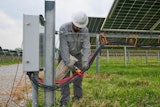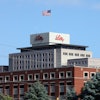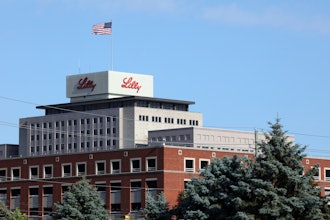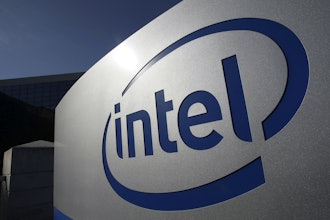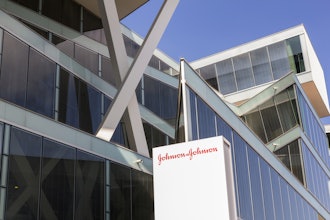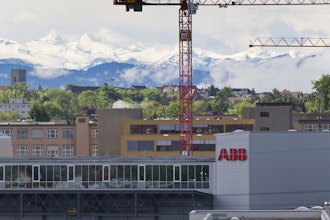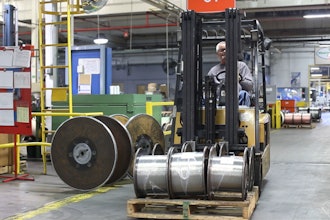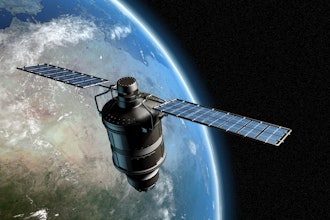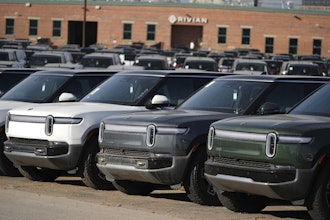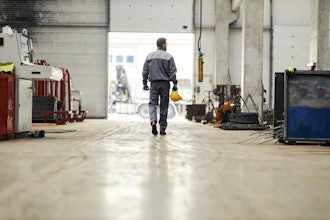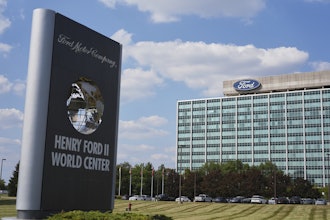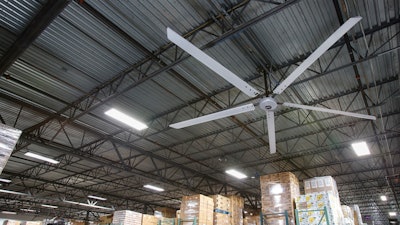
Airflow control is an important factor for creating workforce comfort in a facility; however, generating the perfect environment can feel nearly impossible as each employee has their own temperature preference. Fortunately, implementing an airflow control system can create greater employee satisfaction and boost overall productivity. The simple solution to achieving this is by installing an industrial ceiling fan.
High-volume, low-speed (HVLS) fans are known for their ability to mobilize and de-stratify large volumes of air. When the air column hits the floor, it moves the air outward in a 360-degree direction throughout the workspace. With blade diameters ranging from seven to 24 feet, the energy consumption per square foot is also minimized.
The airstream created by the industrial ceiling fan produces a natural breeze inside the facility or warehouse, making it feel 10 to 12 degrees cooler. In addition, one HVLS fan can replace as many as 10 to 20 floor fans or twelve 48-inch barrel fans.
By creating a more comfortable work environment, we have seen companies experience reduced absenteeism and employee complaints, coupled with boosts in overall productivity.
Numerous studies have drawn the link between indoor air quality/temperature and productivity throughout the year. A recent NASA heat stress study revealed that the higher the temperature grew in a facility, the greater the negative effect on the productivity and accuracy of the work being done.
Cooling down during the summer months with airflow
A Hunter Industrial customer in Georgia experienced extreme humidity in their facility, which became a significant pain point for their team. Poor air quality—which includes an excess of hot or cold air, indoor pollutants and stagnant air—can cause severe concerns for employees. In fact, according to a recent Harvard Business Review survey, 58 percent of workers desire good air quality as the number one wellness perk in their workplace.
To create more air movement and solve their humidity problem, the customer ordered two of Hunter Industrial’s Titan 24-foot HVLS fans for the 110,000-square-foot warehouse. “Depending on the time of day, we’ve recorded from 16 to 22-degree temperature differentials after the installation of the fans. These differentials were measured from the floor with an infrared thermometer,” said the company’s CFO.
Airflow matters in the winter
HVLS fans not only help with airflow in the warmer months, but they also optimize warm air during the winter. Buildings with high ceilings often experience significant heat stratification during the colder months. Warmer air gets trapped at the ceiling; therefore, the HVAC unit will work to reach the desired temperature at the occupant level on the floor. This phenomenon forces a facility's heater to work twice as hard to keep employees and building occupiers adequately warm. It’s been estimated that air temperature can increase almost two degrees Fahrenheit per foot in ceiling height—meaning if it’s 65 degrees on the floor, it could be 85-90 degrees at the roofline.
HVLS fans have the power to amplify the air movement and stir the pot, effectively cycling the hot air at the ceiling down to the floor. This allows HVAC systems to work more proficiently and effectively.
We have received customer feedback informing us of savings up to 30 percent on heating bills in different facilities throughout the country. Heat stratification was no longer an issue for one CrossFit gym’s 7,000 square-foot fitness center. Operating with less noise than a traditional floor fan, Hunter Industrial’s Titan 18-foot HVLS fan pushed the heat trapped at the ceiling back down to floor level, creating a better atmosphere for each individual in the space. This customer has reported the heating bills be reduced by an average of $2,500 annually compared to before the fan was installed.
A simple solution
If you are looking for a long-term solution when it comes to airflow during each season, an HVLS ceiling fan is the most efficient upgrade. It’s the best airflow method for cooling your facility in the warm months while also helping with thermal destratification in the winter months.
Visit hunterfan.com/industrial to learn more about how an industrial fan can elevate your space and improve workforce comfort.
